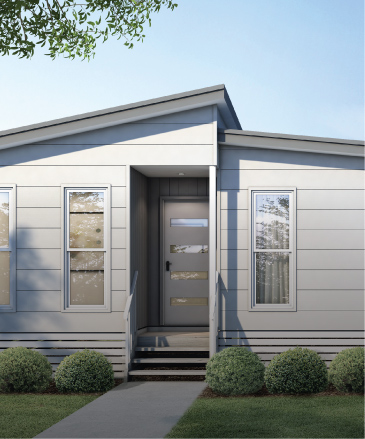Land Lease Living
Most affordable solution
-
Manufactured House Purchase Price
$100,000 – $300,000 +
Depends on size, style, new or ‘pre-loved’
-
Weekly Site Rental Fees
$100-$200 per week (on average)
Depends on lot size & location
-
Rent Assistance
Pensioners can claim Commonwealth Government Rent Assistance to help offset site rental fees. Different rates of rent assistance apply for couples, singles or those sharing a house e.g. couples can currently claim a maximum of $122.80 per fortnight.
-
Stamp Duty
Not charged on Land Lease site agreements and housing purchases
-
Council Rates
Not charged to residents of Land Lease communities
-
Exit Fees
Not usually charged

